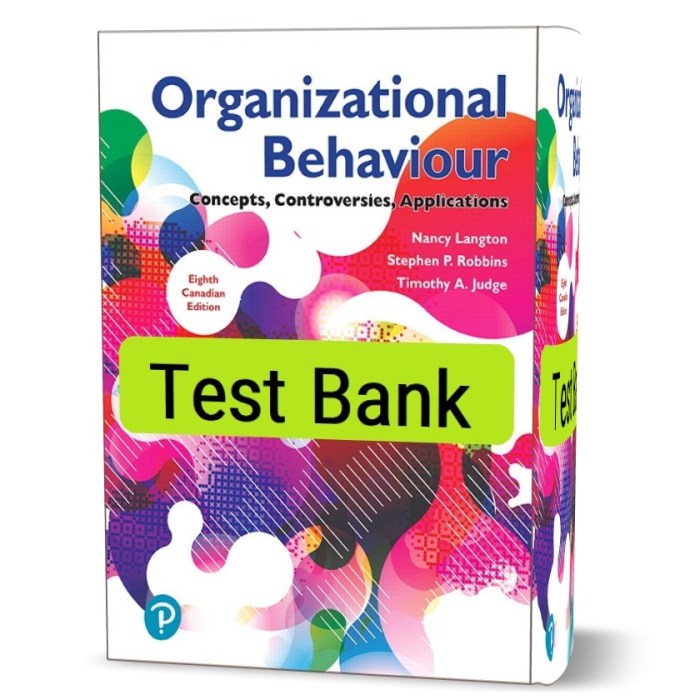Statistics concepts and controversies 10th edition – Embark on a captivating journey into the realm of statistics with the 10th edition of “Statistics Concepts and Controversies.” This comprehensive guide delves into the fundamental principles and thought-provoking debates that shape this dynamic field, providing a nuanced understanding of the role statistics plays in shaping our world.
From exploring the intricacies of descriptive and inferential statistics to examining the significance of probability and sampling methods, this edition offers a thorough exploration of the foundational concepts that underpin statistical analysis.
Concepts of Statistics

Statistics is a branch of mathematics that deals with the collection, analysis, interpretation, and presentation of data. It provides tools and methods for understanding the variability and uncertainty inherent in data, and for making informed decisions based on that data.
Descriptive Statistics
Descriptive statistics summarize and describe data, providing a snapshot of its central tendencies, variability, and distribution. Measures of central tendency include the mean, median, and mode, while measures of variability include the range, variance, and standard deviation.
Inferential Statistics
Inferential statistics use sample data to make inferences about a larger population. Hypothesis testing and confidence intervals are two common inferential statistical techniques. Hypothesis testing determines whether there is sufficient evidence to reject a null hypothesis, while confidence intervals provide an estimate of the true population parameter with a specified level of confidence.
Importance of Probability in Statistics
Probability plays a crucial role in statistics. It provides a framework for quantifying the likelihood of events and making predictions based on data. Probability distributions, such as the normal distribution and binomial distribution, are used to model the variability of data and to make inferences about the underlying population.
Sampling Methods
Sampling methods are used to select a representative subset of a population for study. Simple random sampling, stratified sampling, and cluster sampling are common sampling methods. The choice of sampling method depends on the research question and the characteristics of the population.
Controversies in Statistics

Controversy over P-Values
P-values have been a subject of controversy in recent years. Some statisticians argue that p-values are often misinterpreted and can lead to false conclusions, while others defend their use as a valuable tool for hypothesis testing.
Bayesian versus Frequentist Statistics, Statistics concepts and controversies 10th edition
Bayesian statistics and frequentist statistics are two different approaches to statistical inference. Bayesian statistics uses prior knowledge to update beliefs about a parameter, while frequentist statistics focuses on the long-run frequency of events.
Ethical Concerns in Statistical Analysis
Statistical analysis can raise ethical concerns, such as data privacy, bias, and manipulation. It is important for statisticians to adhere to ethical guidelines and to use statistical methods responsibly.
Examples of Statistical Controversies
Statistical controversies have occurred in various fields, including medicine, psychology, and economics. Some notable examples include the debate over the link between vaccines and autism, the reproducibility crisis in psychology, and the use of p-values in financial modeling.
Advanced Statistical Techniques
Regression Analysis
Regression analysis is a statistical technique used to model the relationship between a dependent variable and one or more independent variables. There are different types of regression analysis, including linear regression, multiple regression, and logistic regression.
ANOVA
ANOVA (Analysis of Variance) is a statistical technique used to compare the means of two or more groups. It is based on the assumption that the groups are independent and have equal variances.
Non-Parametric Tests
Non-parametric tests are statistical tests that do not require the data to follow a specific distribution. They are often used when the data is ordinal or non-normal.
Applications of Statistical Techniques
Statistical techniques are used in a wide range of fields, including medicine, business, and social sciences. They are used for tasks such as data exploration, hypothesis testing, and predictive modeling.
Statistical Software and Data Analysis: Statistics Concepts And Controversies 10th Edition

Role of Statistical Software
Statistical software plays a vital role in data analysis. It provides tools for data cleaning, transformation, visualization, and statistical analysis. R, Python, and SPSS are popular statistical software packages.
Benefits and Limitations of Statistical Software
Statistical software offers many benefits, including increased efficiency, reproducibility, and the ability to handle large datasets. However, it is important to be aware of the limitations of statistical software, such as the potential for errors and the need for statistical expertise.
Data Cleaning, Transformation, and Visualization
Data cleaning, transformation, and visualization are essential steps in data analysis. Data cleaning involves identifying and correcting errors in the data, while data transformation involves converting the data into a format suitable for analysis. Data visualization helps to explore the data and identify patterns and relationships.
Comparison of Statistical Software Packages
Different statistical software packages have their own strengths and weaknesses. R is an open-source language that is popular for data science and machine learning, while Python is a general-purpose language that offers a wide range of statistical libraries. SPSS is a commercial software package that is widely used for social science research.
Applications of Statistics
Applications in Medicine
Statistics is used in medicine for tasks such as clinical trials, disease surveillance, and predictive modeling. Statistical methods are used to evaluate the effectiveness of treatments, identify risk factors, and make predictions about patient outcomes.
Applications in Business
Statistics is used in business for tasks such as market research, forecasting, and risk assessment. Statistical methods are used to understand customer behavior, predict demand, and make decisions about product development and marketing strategies.
Applications in Social Sciences
Statistics is used in social sciences for tasks such as survey research, polling, and hypothesis testing. Statistical methods are used to understand social phenomena, measure public opinion, and evaluate the effectiveness of social programs.
Impact of Statistics on Modern Society
Statistics has a profound impact on modern society. It is used to make informed decisions in a wide range of fields, including medicine, business, and government. Statistics helps us to understand the world around us and to make better decisions.
FAQ Compilation
What is the primary focus of descriptive statistics?
Descriptive statistics provide a concise summary of data, describing its central tendencies, variability, and distribution.
How does inferential statistics differ from descriptive statistics?
Inferential statistics allow us to make generalizations about a larger population based on a smaller sample, drawing conclusions beyond the immediate data.
Why is probability crucial in statistics?
Probability theory provides a framework for quantifying the likelihood of events, enabling us to make predictions and assess the reliability of our statistical inferences.
What is the significance of sampling methods in statistical analysis?
Sampling methods ensure that the data collected is representative of the larger population, allowing us to generalize our findings with greater confidence.